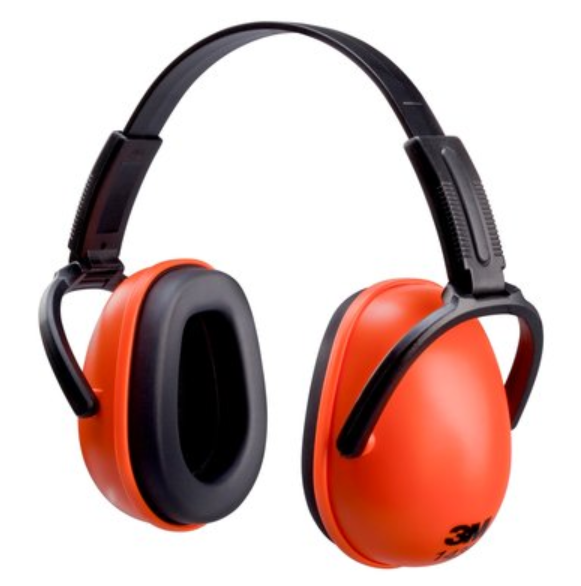Hearing Protection
24th Oct 2018
How much noise or sound can your ears take?
The sense of hearing and the organ in itself can only take so much. Occupational deafness has become common in many industries in recent decades because of the lack of measures to protect the ears. Like other senses, hearing has limitations that must be acknowledged by employers and owners of organizations where noise is a daily occurrence. The ears are one of the human senses commonly affected by workplace hazards.
It cannot be denied that excessive noise or daily exposure to loud sounds could hurt the ears. There’s the potential for ear diseases and hearing impairments or loss, and this is why the Occupational Safety and Health Administration (OSHA) requires hearing protection. It is reported that over 20% of those exposed to unwarranted noise at work experience long-term and irreversible hearing damage.
To determine how hazardous the work environment is to the ears, there are four major factors to consider. First, how loud is the noise in terms of decibels? Next is the length of time one is exposed to the noise. The third factor would be the work routines of the worker from one or two or more areas with varying degrees of sounds or noise. Finally, the fourth factor is the sources of noise that pose risks to the sense of hearing.
What Is Hearing Protection Equipment?
Hearing protection gear is specifically engineered to keep the ears safe when worn at the workplace. Such equipment doesn’t totally eliminate noise; it merely decreases the danger the noise poses to the ears. This is why hearing protection makers have precise designs for their products that come with noise reduction ratings as required by law.
There are three common types of hearing protection, and we explain each below:
1) Single-use earplugs. This mode of hearing protection is easily inserted to block the ear canal so that the amount of noise that enters the ears is reduced. Called single-use because they are disposed right after use, these earplugs come pre-formed. Some types come in forms of moldable foam, wax, silicone and other easily formed materials so that they can fit well into the ear canal. These earplugs could also come as semi-insert types, which are actually two attached plugs that could be held together around the neck or the head by a thin wire. The single-use plugs are inexpensive and are comfortable to use, particularly in hot and humid work environments.
2) Custom noise earplugs. Another efficient option to block out harmful sounds is custom noise plugs. While they may cost more, they are recommended and made by ear doctors. A fitting is required after a thorough check of noise levels and frequency of exposure, and then checking of the ear condition and structure. Because this option is customized, the person wearing this type of earplugs would definitely feel more at ease. Choices of materials could also be made available by the ear health professional who designs and makes these earplugs.

3) Earmuffs. The materials used for earmuffs are made to temper the noise of the surroundings. The muffs cover the outer part of both ears with cushions, which also serve as the sound-reducing part. Perfectly sealed together by a headband, the earmuffs are proven effective in lessening noise in work involving machinery and engines. In industries where noise exposure is intermittent, the earmuffs would be the best choice.

What Are the Keys to Choosing the Right Hearing Protection?
For employers, the first consideration would be the cost and quality balance of the earplugs. For the most part, they would want to get the right value so that they don’t spend more on liabilities arising from hearing impairments and the health of their workers. With this in mind, it is very important to get the hearing protection gear or devices from trusted brands.
Getting the right products from reliable manufacturers doesn’t end there. It must also mean that the brands and type of hearing protection must have passed the health and safety standards. Remember that all PPE to be provided to the workforce is regulated accordingly. So always check ahead and dig deeper into the specifications of the products before making a purchase.
Of course, looking for the right hearing protection should also be based on the needs of your workers – and the actual work environment. The choice then must be able to meet their needed noise protection and give them utmost comfort as they carry out their functions. Getting feedback from the users themselves, and making actual observations of the work site is going to help with the final decision.
Finally, bear in mind that one size does not really fit everyone as a diverse workforce has varying ear sizes. It is also likely that there will be employees with pre-existing health and medical conditions of the ears that must be considered. There could be people who are allergic to certain materials used in the earplugs. In the end, all these factors must be weighed to finally come to the right hearing protection for the employees.

